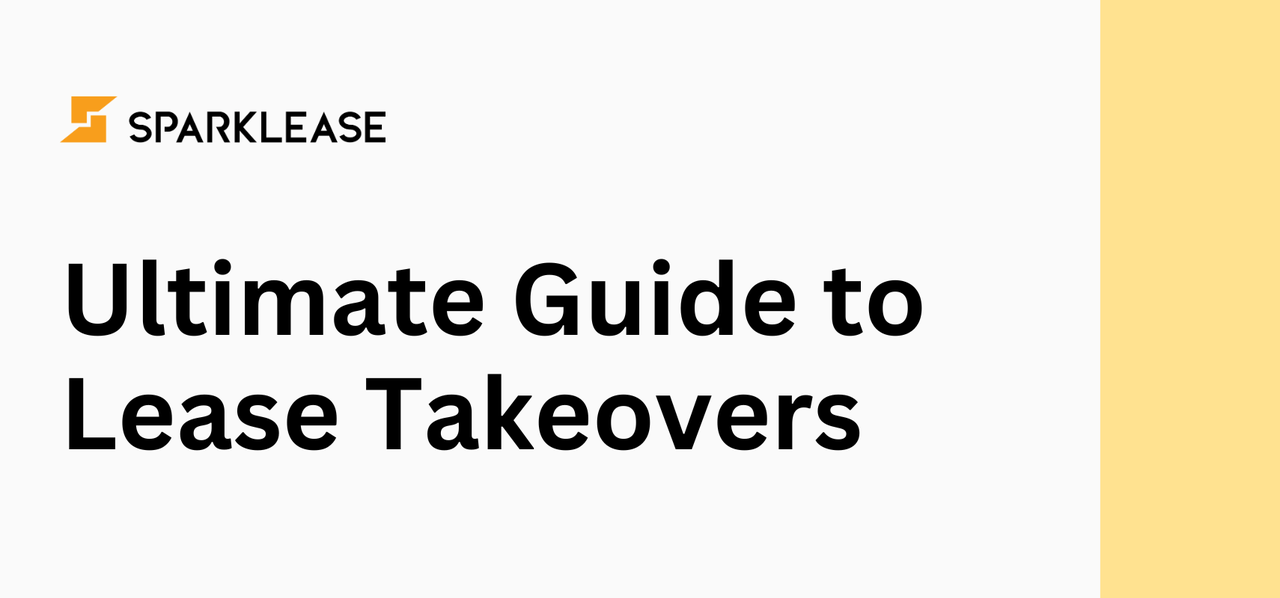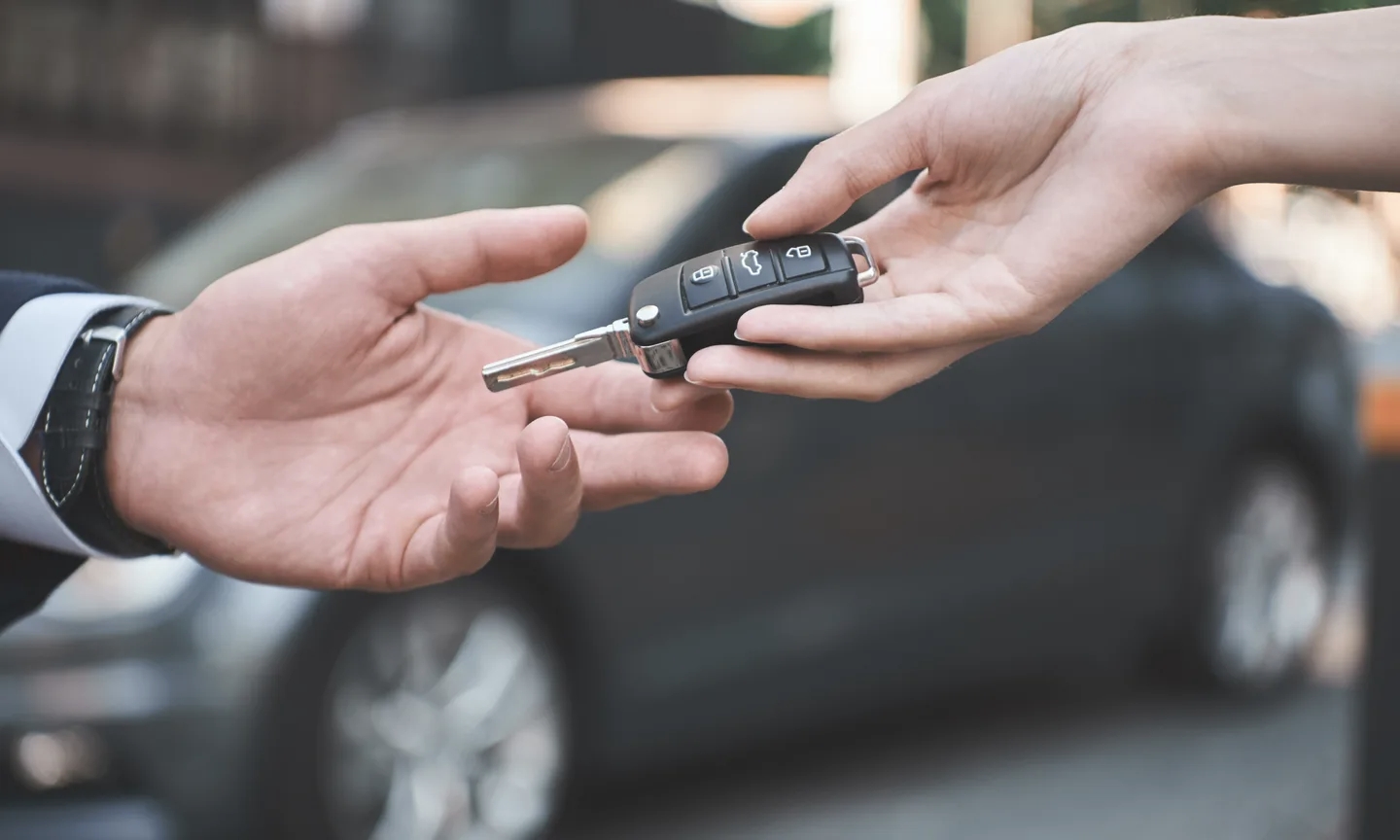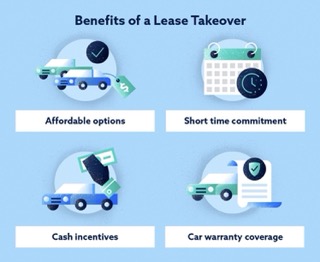Executive Summary: What is a Lease Takeover (Lease Transfer)?
In the Canadian automotive market, a Lease Takeover (Lease Transfer) is a formal agreement where a new lessee takes on the remaining term of an existing, unexpired vehicle lease contract. Essentially, the new party steps into the original lessee's shoes, continuing the monthly payments and enjoying the vehicle's usage rights until the term expires.
These transferred vehicles typically originated as brand-new leases from franchised dealerships, meaning they often boast highly desirable characteristics: newer model years, competitive remaining mileage, excellent overall condition, and often the security of remaining factory warranty.
Why Initiate a Lease Transfer? (The Seller's Perspective)
Beyond avoiding steep early termination penalties, a lease transfer offers the original lessee crucial flexibility in managing life changes (such as relocating, needing a larger or smaller vehicle due to family growth, or changing financial circumstances) without the massive financial hit of an early contract break.
Why Take Over a Lease?
Compared to traditional financing for a new or used vehicle, a Lease Takeover presents distinct and appealing financial advantages:
1. Minimal to Zero Down Payment:
Most lease takeover deals require no large upfront capital expenditure. In scenarios where the original lessee needs to transfer the vehicle quickly, they may offer a Cash Incentive (or rebate). This effective "reverse down payment" means the incoming lessee takes possession with zero initial cash outlay, or even receives a net payment.
2. Shorter Terms, Enhanced Flexibility:
While original lease agreements span 24 to 60 months, the transferred portion of the lease is significantly shorter, ranging from just a few months to 1-2 years. This short-term commitment is perfectly suited for drivers who require temporary mobility or enjoy regularly rotating into newer brands and models.
3. Try Before You Commit:
A lease takeover offers the unique benefit of allowing the new lessee to test out a specific vehicle model or trim level over a shorter period before deciding to commit to a multi-year purchase or a brand-new lease.
4. Lower Effective Cost (Leveraging Cash Incentives):
Original lessees who may have started with low down payments often have higher monthly costs. To make their transfer deal competitive, they frequently offer a Cash Incentive to the new lessee, significantly lowering the overall financial burden for the remaining term.
5. Superior Vehicle Quality:
Lease takeovers generally feature meticulous maintenance records, low mileage, no major accident history, and remain protected by the manufacturer's warranty, offering a higher standard of quality assurance than many used car purchases.
6. Streamlined Administrative Process:
The lease takeover procedure closely mirrors the process of signing a new lease, yet often moves faster, especially once an approved buyer is secured.
The 5-Step Detailed Lease Takeover Process in Canada
A successful and legally sound lease takeover requires seamless coordination among the seller, the buyer, and the leasing company/franchised dealership.
Step 1: Define Your Needs and Establish a Firm Budget
Before commencing the search, clarity is paramount. Determine your exact needs: the necessary duration of use, your maximum acceptable monthly budget, vehicle preferences, and your willingness to pay or receive an incentive.
Step 2: Source Appropriate Listings and Conduct Due Diligence
When searching on reputable online platforms, pay meticulous attention to the following critical data points:
- Price Justification Check:
Analyze three key figures: the listed monthly payment, the number of remaining months, and the residual value. Verify the seller's requested down payment return/cash incentive is reasonable, and clarify who will cover the Lease Transfer Admin Fee.
- Original Lease Contract Review:
Scrutinize the remaining mileage allowance, the Lease Rate, and the buyback amount. Crucially, confirm whether the lease is Closed End or Open End to avoid unexpected penalties at term end.
- Condition and History Verification:
Given that all liability transfers upon signing, it is recommended that you ask for a carfax report and verify that the vehicle is free of unreported damage or accident history to protect your long-term interests.
Step 3: Buyer Negotiation and Comprehensive Vehicle Inspection
Once a potential vehicle is identified, negotiate and finalize these key details with the current lessee:
- Inspection & Test Drive:
For mutual security, conduct all viewings and test drives in well-lit, busy public areas, such as a large plaza or parking facility.
- Final Price Negotiation:
The final terms regarding down payment return, zero down payment, or cash incentive must be formally agreed upon by both parties before the credit application is submitted.
- In-Depth Inspection:
Before submitting your application, personally conduct a thorough inspection. Confirm the accuracy of the odometer reading, verify the condition of the exterior, interior, and tires, and ensure no undisclosed damage or outstanding financial claims exist.
Step 4: Submission of the Formal Credit Application
The buyer's commitment is formalized through the credit approval stage:
- Dealership Contact:
Engage a Finance Manager at any authorized franchised dealership that represents the vehicle's brand to facilitate the transfer.
- Application Submission:
The prospective lessee must submit the lease takeover application alongside all required personal and credit documentation (ID, proof of residence, bank statements, etc.) for review by the leasing company.
- Result:
A successful approval moves the process forward; a declined application necessitates resuming the search for a new buyer.
Step 5: Final Documentation, Fee Payment, and Vehicle Handover
Upon approval from the leasing company, the final closing steps must be executed jointly:
- Joint Appointment:
Both the original and new lessees must appear together at the franchised dealership to complete the final paperwork.
- Contract Signing:
Sign the new lease transfer agreement and all requisite dealership documents. The new lessee must provide proof of valid automobile insurance before the transfer is finalized.
- Fee Payment:
The original lessee is required to pay the Lease Transfer Fee/Admin Fee to the leasing company. This fee typically ranges from $800 to $1800 CAD, varying by brand and dealership.
- Transfer Completion:
The new lessee signs, registers the vehicle, and takes delivery. The original lessee's name is officially and permanently removed from the contract's liability.
Frequently Asked Questions (FAQ)
Q1: Will taking over a lease negatively impact my credit score?
A1: No, quite the opposite. Taking over a lease and consistently making timely payments is viewed as a positive financial history, aiding the rapid accumulation of a strong credit score, which is beneficial for future mortgages or large loans.
Critical Liability Note: The moment the documents are signed at the franchised dealership, all responsibility for repayment, credit, and legal liability transfers exclusively to the new lessee. Failure to make subsequent payments will severely damage the new owner's credit standing.
Q2: What are the typical fees associated with a Lease Takeover?
A2: The only fee collected by the leasing company is the Lease Transfer Admin Fee. While this is technically due to the original lessee, the payment responsibility is fully negotiable. If the lease terms are highly favorable, the new lessee may agree to cover the fee. Otherwise, the original lessee may bear the cost, or the parties may choose to split it.
Q3: What about the Security Deposit?
A3: In cases where a Security Deposit was paid by the original lessee, that amount is typically returned directly to the original lessee upon successful transfer completion. The new lessee may be required by the leasing company to provide a new security deposit. This should be clarified before submitting the credit application.
Q4: What happens at the end of the transferred lease term?
A4: The conclusion of a transferred lease is identical to that of an original lease, providing the new owner with two main choices:
- Buyout Option:
If you wish to retain the vehicle, you can pay the residual value (buyback price) to purchase it outright, or secure secondary financing for a loan to cover the cost.
- Vehicle Return (Lease End):
Closed End Lease: Generally incurs no penalty, provided you haven't exceeded the contract's kilometer limit or failed to repair damage.
Open End Lease: May require a payment if the vehicle's actual market value is lower than the contract's residual value. Penalties will also apply for excess mileage or unaddressed damages.
Where to Look for Lease Takeover Deals?
The most efficient way to find active lease transfer opportunities is through dedicated online marketplaces that specialize in connecting current lessees with prospective buyers. These platforms allow you to filter results by brand, monthly payment, remaining term, and location, providing a transparent view of the available inventory. Starting your search on these listing sites ensures you see the most competitive deals across Canada. Find your next car lease deals.
How to Get Out of a Car Lease?
There are companies and marketplaces that specialize in helping lease owners get out of their lease. Some are free, some charge $300-$500 posting fees and apply brokerage fees to potential buyers also. It is recommended that you start with free marketplaces first and wait for qualified new owners to take over your lease. List your car lease now for free.
Conclusion: Simplify Your Car Lease Takeover with SparkLease
SparkLease is Canada's trusted marketplace for car lease deals and lease takeovers, connecting drivers who want to exit their leases with those looking to get into a lease.
Browse hundreds of listings and find the best car lease deals today at sparklease.com.




